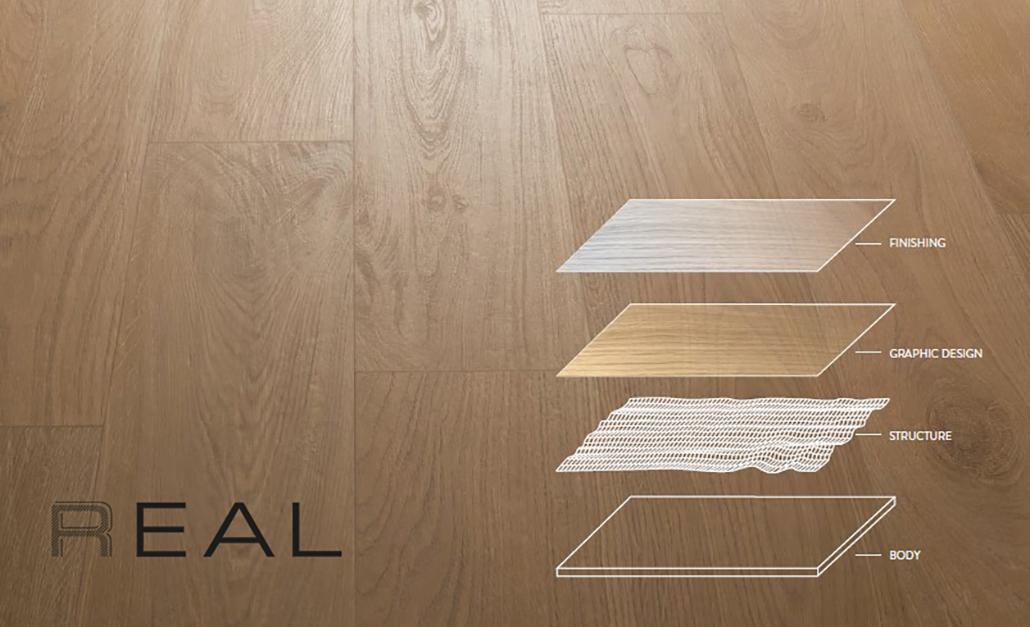Emilgroup technologies
All porcelain stoneware manufacturing technologies
Emilgroup ceramic solutions offer innovative and highly functional porcelain stoneware products.
Innovation, research and aptitude for experimentation are the vocation of the Emilgroup R&D team.

Silktech technology
Silktech technology combines high anti-slip performance with a silky-touch ceramic surface.
The innovative technology, developed in the Emilgroup laboratories, increases the friction coefficient of porcelain stoneware, while maintaining an incredible surface softness. The result is a product that ensures superior technical performance
in terms of safety, soft touch, ease of cleaning and durability.

Shield technology
The new antimicrobial process for our SHIELD ceramic surfaces is based on an antimicrobial technology that helps fight bacteria by hindering their survival, reproduction and colonisation. Maximum hygiene and protection to tile your project.

Real technology
Thanks to Emilgroup advanced technologies, coupled with in-depth research and production work, a unique design has been developed that combines structure, graphic pattern and surface finish, subtly and precisely alternating glossy and matt areas just like in the inspirational materials, returning a realistic and natural effect.

Tecnica Technology
Thanks to "technical" technology, the ceramic surface is particularly non-slip, resulting perfect for outdoor, public and private areas. The thickness is that of an indoor tile, with the same performance as an outdoor wall tile.

Digitouch
Digitouch is an innovative digital technology that revolutionises the production of ceramic coverings. This technology comprises three phases, two of which involve digital printing. After the stoneware has been pressed, the Digitouch process starts with the first digital printing phase. This phase applies a waterrepellent resist agent, which creates a graphic texture on the ceramic surface. This second phase is the application of the clay-based glaze known as “engobe”, which coats the graphic texture formed by the water-repellent resist agent to constitute the structure of the finished product. The third phase consists of digital printing using barcodes or optical recognition cameras, which identify the structure to enable the colours applied to be matched with it.
This technology permits perfect synchronisation of the patterning and structure of the ceramic material, the key to creating large, varied, multilevel graphic patterns with a realistic three-dimensionality and an unprecedented tactile effect.
